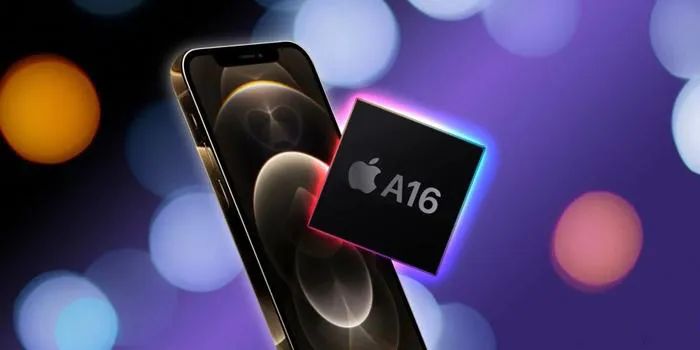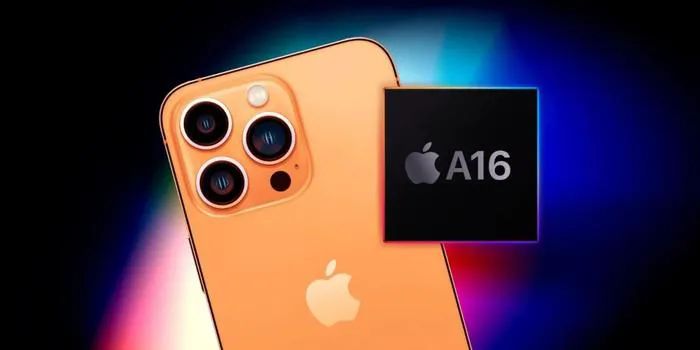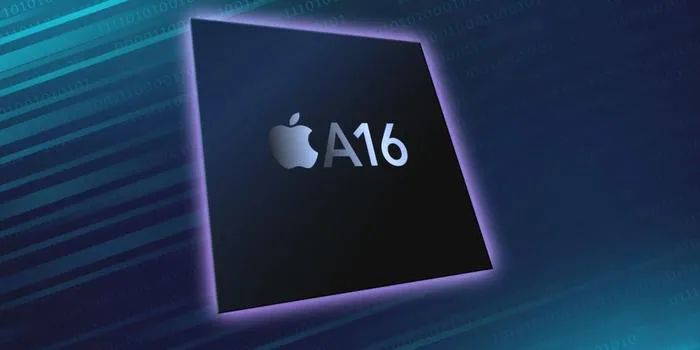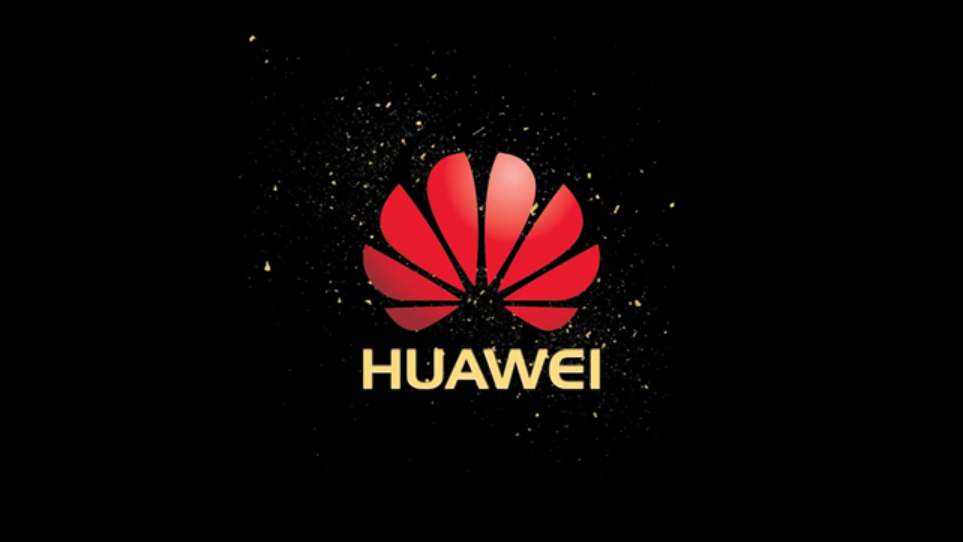

Hotline:0755-22277778
Tel:0755-22277778
Mobile:13826586185(Mr.Duan)
Fax:0755-22277776
E-mail:duanlian@xianjinyuan.cn
1. Apple may consider including Chinese companies in its list of memory chip suppliers
On April 1st, it was reported that Apple is exploring new suppliers for its iPhone memory chips, which may include the company's first Chinese chip supplier, after the production interruption of a key Japanese partner exposed risks to its global supply.
Insiders revealed that after Qiaoxing Holdings lost a batch of products due to pollution in February this year, Apple is considering expanding its chip supplier list, which already includes Micron Technology and Samsung Electronics. These sources say that although Samsung and SK Hynix may take on the main responsibility for Apple's chip supply, Apple is still keen on making its supply network more diversified and offsetting further risks from the pandemic and shipping congestion.

Insiders mentioned that Apple is currently testing NAND flash chip samples produced by Hubei Changjiang Storage Technology Co., Ltd. Due to the undisclosed nature of the negotiations between the two parties, these sources are unwilling to disclose their identities. Apple has been in discussions with Changjiang Storage for several months regarding cooperation, but they have not yet made a final decision. It is reported that Changjiang Storage is affiliated with chip manufacturer Tsinghua Unigroup Co., Ltd.
If Changjiang Storage and its parent company can obtain the contract from Apple, it will be an important milestone for China, which hopes to build its world-class chip industry domestically. For semiconductor companies looking to establish business nationwide, memory is usually a threshold because compared to advanced processors and other logic chips, memory requires more production capacity and huge investment in production.
In 2016, Changjiang Storage merged with a government operated chip manufacturer, which was seen as the best opportunity for China to design and develop domestically produced 3D NAND flash memory. 3D NAND flash memory is widely used to store data in small tools such as smartphones, laptops, servers, and future electric vehicles.
Testing and discussion do not guarantee that Apple will definitely purchase chips from Changjiang Storage. Insiders say it is currently unclear whether the company can convince Apple of its reliability. They said that Changjiang Storage Technology is at least one generation behind the current state-of-the-art level and can only become a backup choice for Apple's major suppliers such as Hynix and Samsung from South Korea. Even if Apple evaluates its components, it still needs to measure their reliability in terms of production and quality. For example, BOE Technology Group Co., Ltd. is another well-known Apple supplier that took years to achieve mass production of iPhone displays.

However, insiders say that Apple may decide to use Changjiang Storage products in low-end devices such as the iPhone SE. Both representatives from Changjiang Storage and Apple declined to comment on this matter.
In the past two years, component shortages and logistics issues caused by the pandemic have been plaguing Apple, the world's largest consumer electronics brand, prompting people to rethink their previous reliance on timely inventory and global network supply chains.
In February of this year, two factories in Japan stopped production due to material pollution, highlighting the risk of over reliance on a specific supplier. Industry tracking firm Trendforce estimates that this could lead to a 5% to 10% increase in flash chip prices in June.

The iPhone is mainly assembled in China by Foxconn and Foxconn, who obtain memory chips and other components from dozens of different suppliers before assembling them into the final device. Manufacturer storage can provide an attractive source of low-priced chips close to their factories, while potentially gaining government support in the world's largest smartphone market.
Jeff Pu, an analyst at Haitong International Securities, estimates that "Changjiang Storage will provide about 5% of the memory for the iPhone SE and 3% to 5% for the upcoming iPhone 14. Apple will use its products because the company offers competitive prices
One of the sources said that Changjiang Storage's products rely on a self-developed technology called Xtacking, which integrates storage unit wafers with supporting circuits and performs better than traditional technologies in some cases.
2. Huawei's new foldable screen device Mate X3 will be released in April, equipped with Kirin 9000 chip

Recently, a Huawei 4G new phone model PAL-AL00 has passed network authentication and runs HarmonyOS. It is rumored to be the Huawei Mate X3, which will be equipped with the Kirin 9000 4G chip.
A digital blogger has stated that Huawei's new foldable screen device, Mate X3, will be released at the end of April. It will once again adopt Mate's previous outward folding design, with a punch hole on the right side instead of the center, a built-in 4500mAh battery, and support for 66W wired fast charging.
Previously, there were reports that Huawei would first release the new foldable screen device Mate X3 this year, and then release the Mate 50 series. The Huawei Mate X3 engineering machine is equipped with the HiSilicon Kirin 9000 4G chip, and both the internal and external screens support high refresh rate. It comes pre installed with the new version of HarmonyOS 2.0.1, and the production version may also have a version with the Qualcomm Snapdragon 888 chip.
Previously, Derek Yu, President of Huawei's Consumer Business in Central and Eastern Europe, Northern Europe, and Canada, revealed that the Huawei Mate 50 series will be globally released in 2022 and equipped with HarmonyOS system. Huawei will continue to invest in flagship phones, especially foldable phones, and the Shanghai R&D center is researching 5G chip solutions. Huawei's flagship phones will definitely support 5G in the future.
Previously, Tencent's "Deep Web" reported that Yu Chengdong recently stated at an internal consumer business briefing that Huawei phones will continue to be developed and will return as the king in 2023. According to insiders at Huawei, this briefing is an internal recruitment event aimed at the company, indicating that the consumer business has stopped shrinking and shifted towards expansion.
Multiple informed sources have stated that Huawei has made substantial progress in the field of chip supply chain. An industry insider close to telecom operators said that Huawei salespeople currently have a schedule for operators that "28nm can be mass-produced next year, and 14nm can be mass-produced the year after An insider from Huawei HiSilicon said, "We're just going to endure for the next two to three years, and we'll be able to mass produce

Advanced Institute (Shenzhen) Technology Co., Ltd, © two thousand and twenty-onewww.avanzado.cn. All rights reservedGuangdong ICP No. 2021051947-1 © two thousand and twenty-onewww.xianjinyuan.cn. All rights reservedGuangdong ICP No. 2021051947-2